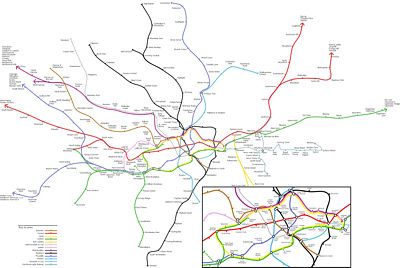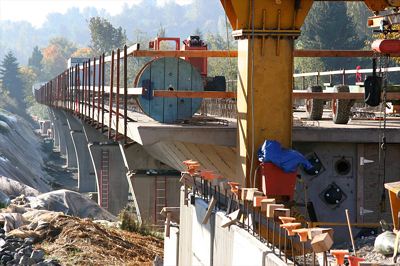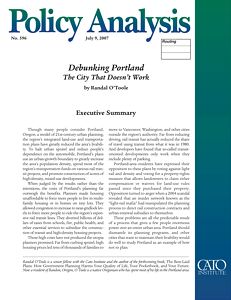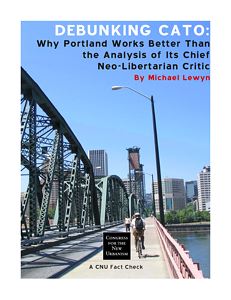A new report from the Fraser Institute — Canada’s free-market think tank — says that Vancouver, BC’s growth-management plan is making Vancouver less, not more, livable. And you know the report must be right, because it was written by your very own Antiplanner.
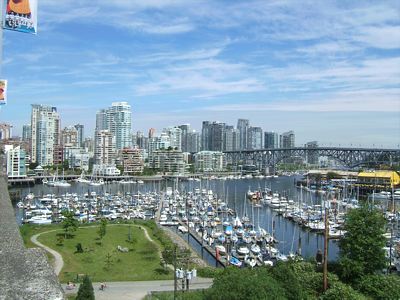
Nice views. But how many people would really prefer to live in these high-priced condos if affordable single-family homes were available in the suburbs?
Vancouver has been practicing growth-management planning at least since 1966, when the Lower Mainland Regional Planning Board published a plan that set aside large amounts of land from development. That board was soon replaced by the Greater Vancouver Regional District (GVRD), a backdoor effort to create a consolidated metropolitan regional government.
In the early 1970s, one of the members of the GVRD board coined the term “livable region” to cover up the fact that they were writing a plan that made the region less livable. From then on, just about every planning document prepared by the GVRD made liberal use of the term livable, making good use of the Big Lie theory: repeat a lie often enough and people will believe it.
Continue reading →

